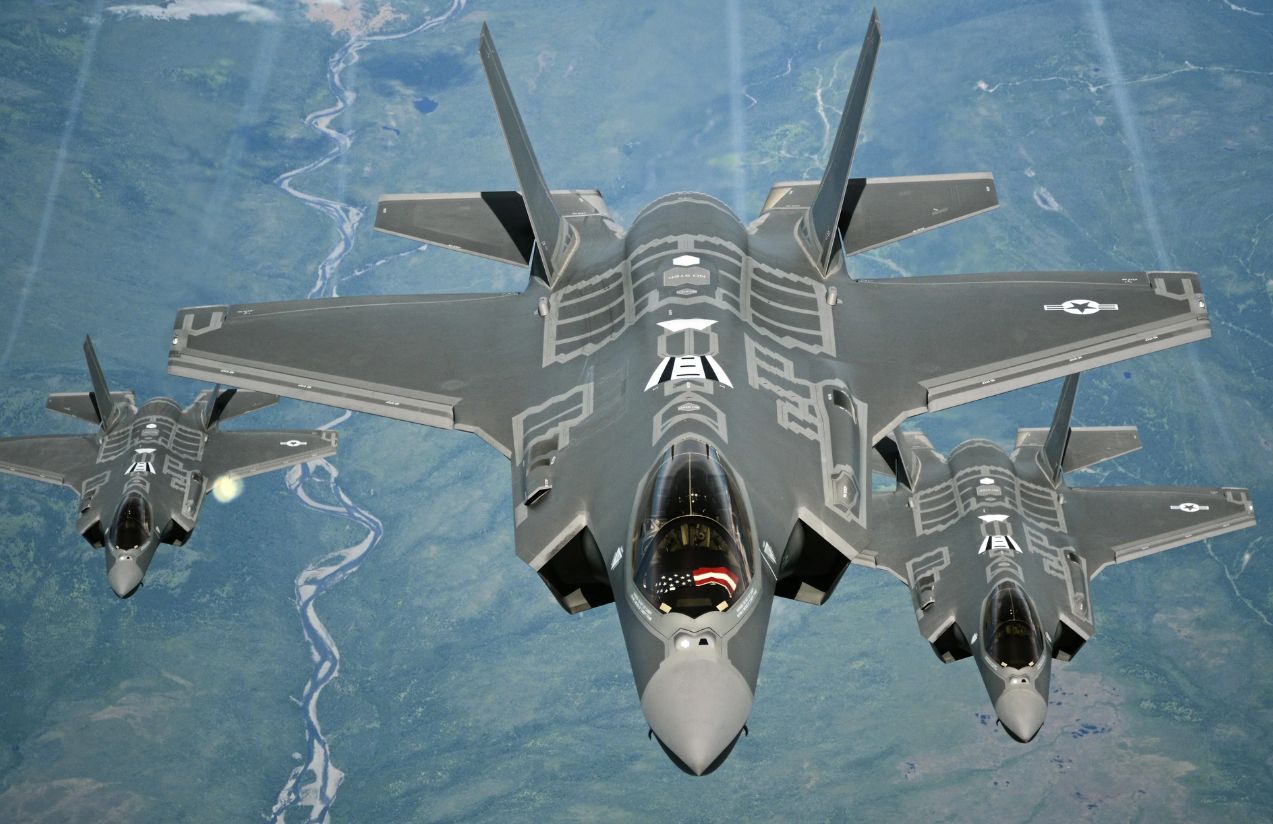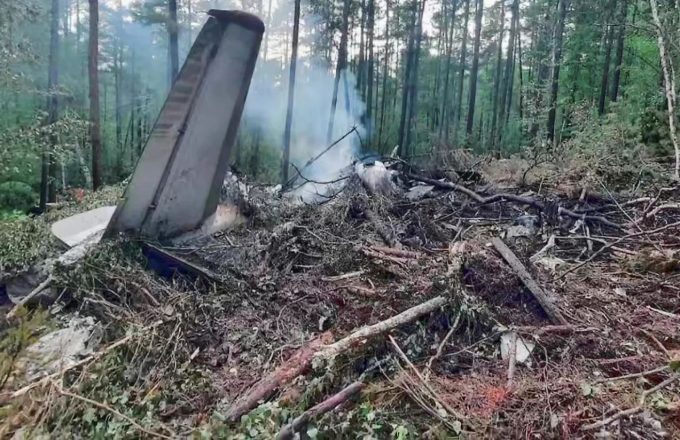During the NATO summit taking place in the Netherlands, the British government announced the purchase of 12 U.S.-made F-35A fighter jets, marking the most significant reinforcement of its nuclear capabilities in decades. These advanced aircraft, capable of carrying nuclear warheads, will reintroduce the Royal Air Force into the country’s nuclear program for the first time since the 1990s.
Since defense cuts following the end of the Cold War, the UK’s nuclear deterrent has relied solely on its fleet of four nuclear submarines. The new acquisition aims to expand that capability and reaffirms the country’s commitment to the Atlantic alliance amid growing geopolitical tensions.
Prime Minister Keir Starmer described the move as “a boost to national security” and underscored the UK’s unwavering dedication to NATO. “In an era of radical uncertainty, we can no longer take peace for granted,” the British leader warned. “We must act decisively to protect the Euro-Atlantic area for future generations.”
Although the exact delivery date remains unclear, the new F-35As—intended to allow the UK to join NATO’s Dual-Capable Aircraft (DCA) program—will be stationed at RAF Marham airbase in Norfolk. Currently, only a handful of NATO members, including Belgium and Germany, possess the aircraft and training needed for nuclear missions.
The UK’s decision to bolster its air force comes amid a broader European push to ramp up defense spending in response to Russian threats and uncertainty over the U.S. role in continental security. In a bid to address pressure from U.S. President Donald Trump, several European nations are considering raising defense spending to 5% of GDP by 2035—an initiative that has recently drawn skepticism from Spain, Belgium, and Slovakia.




















